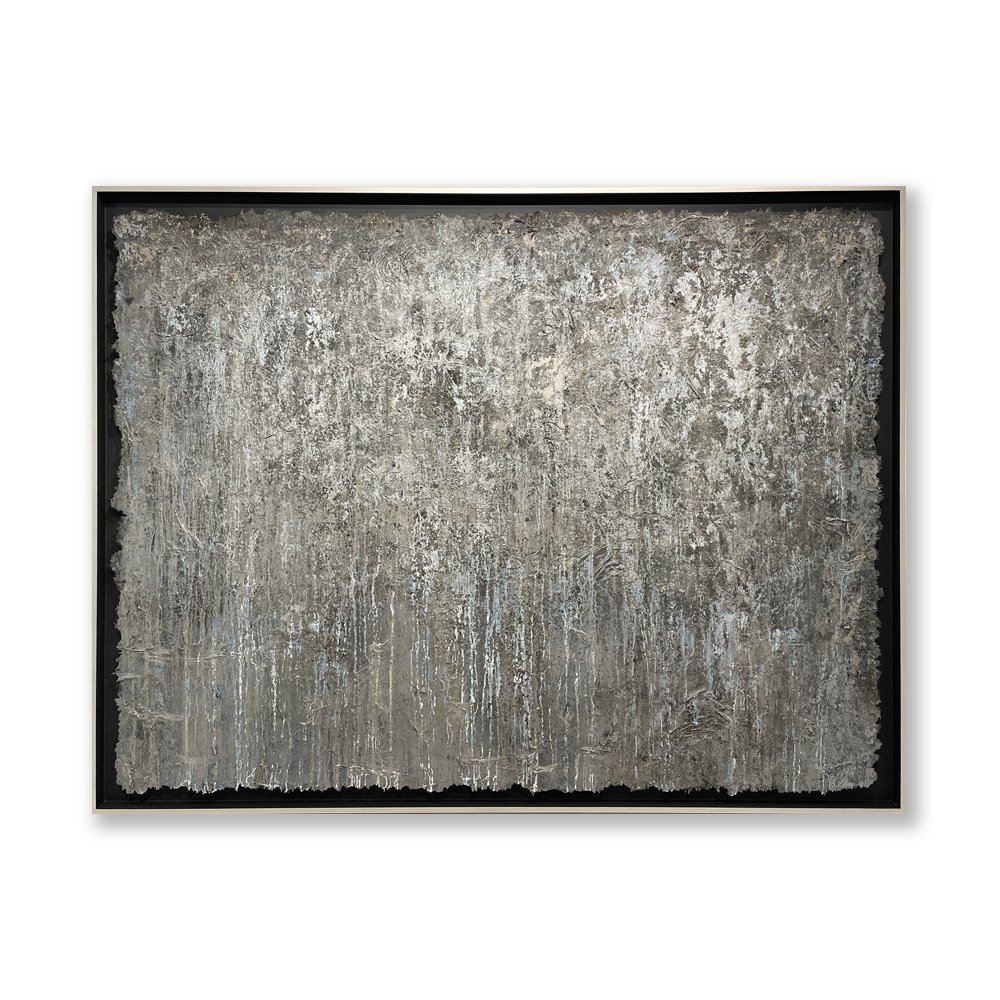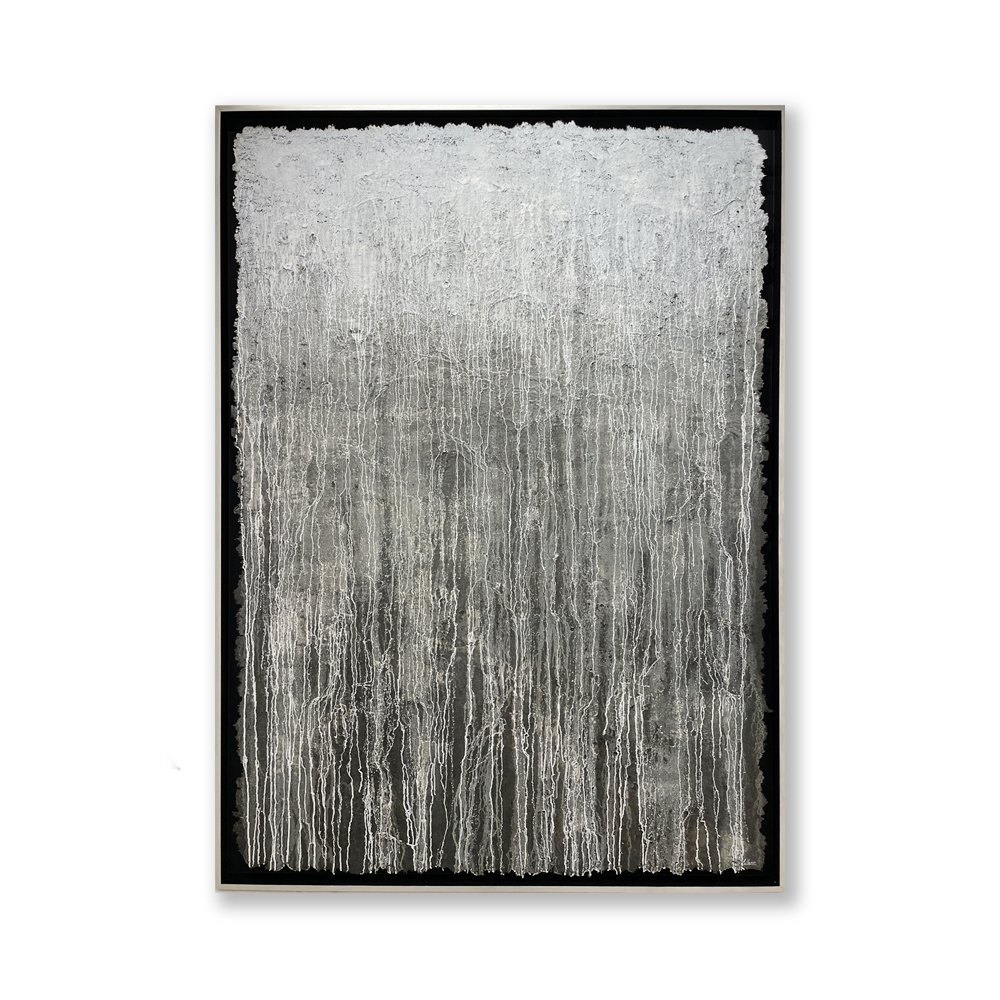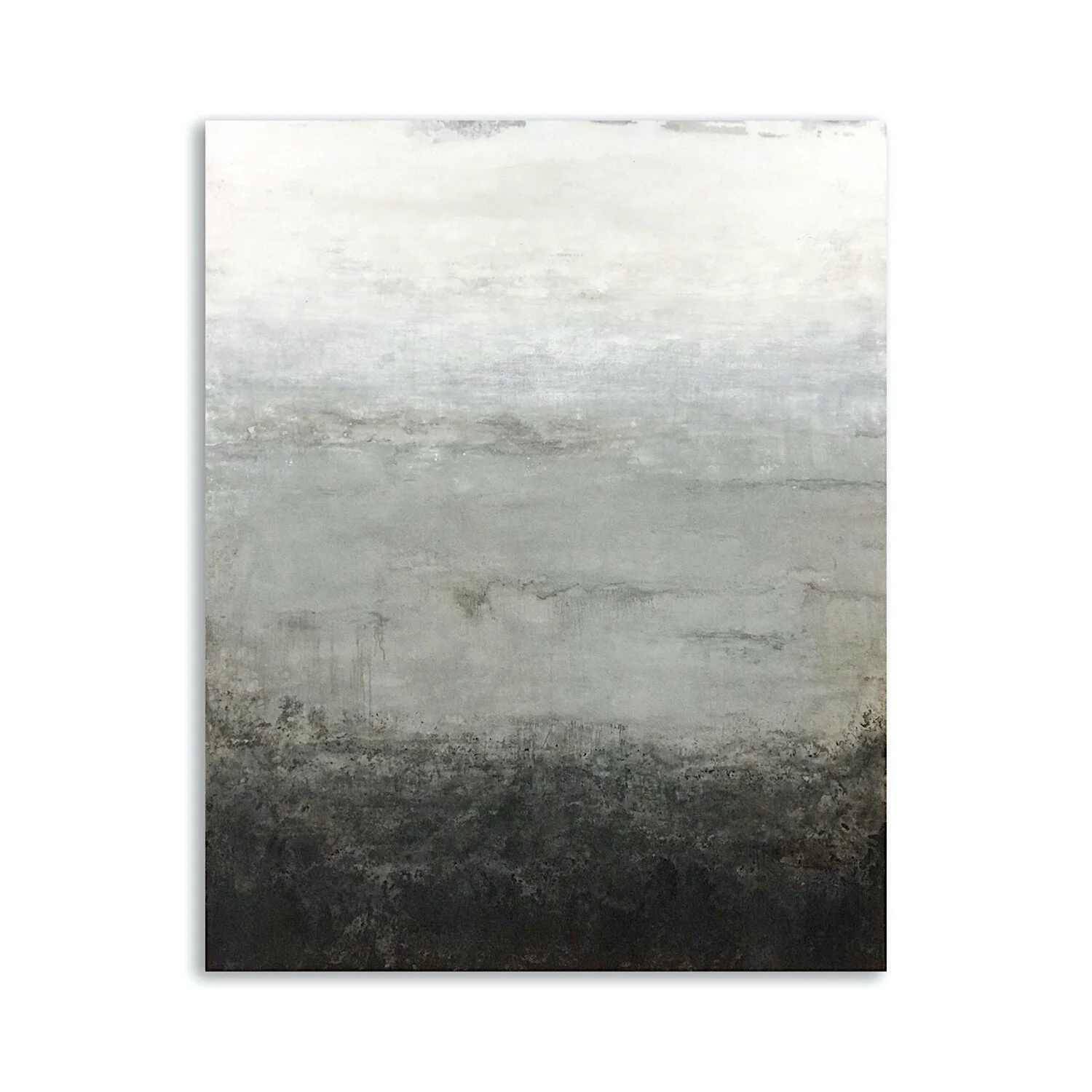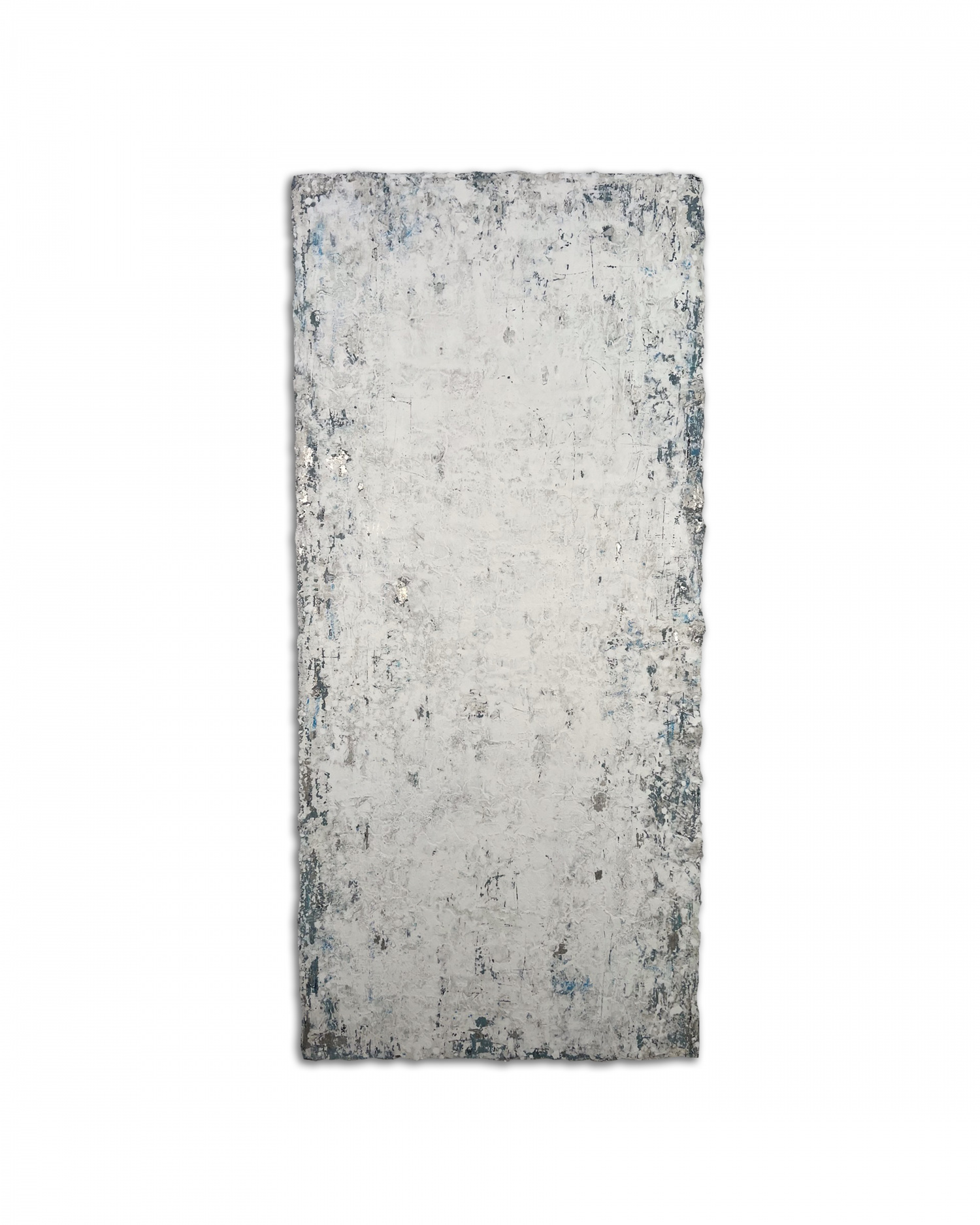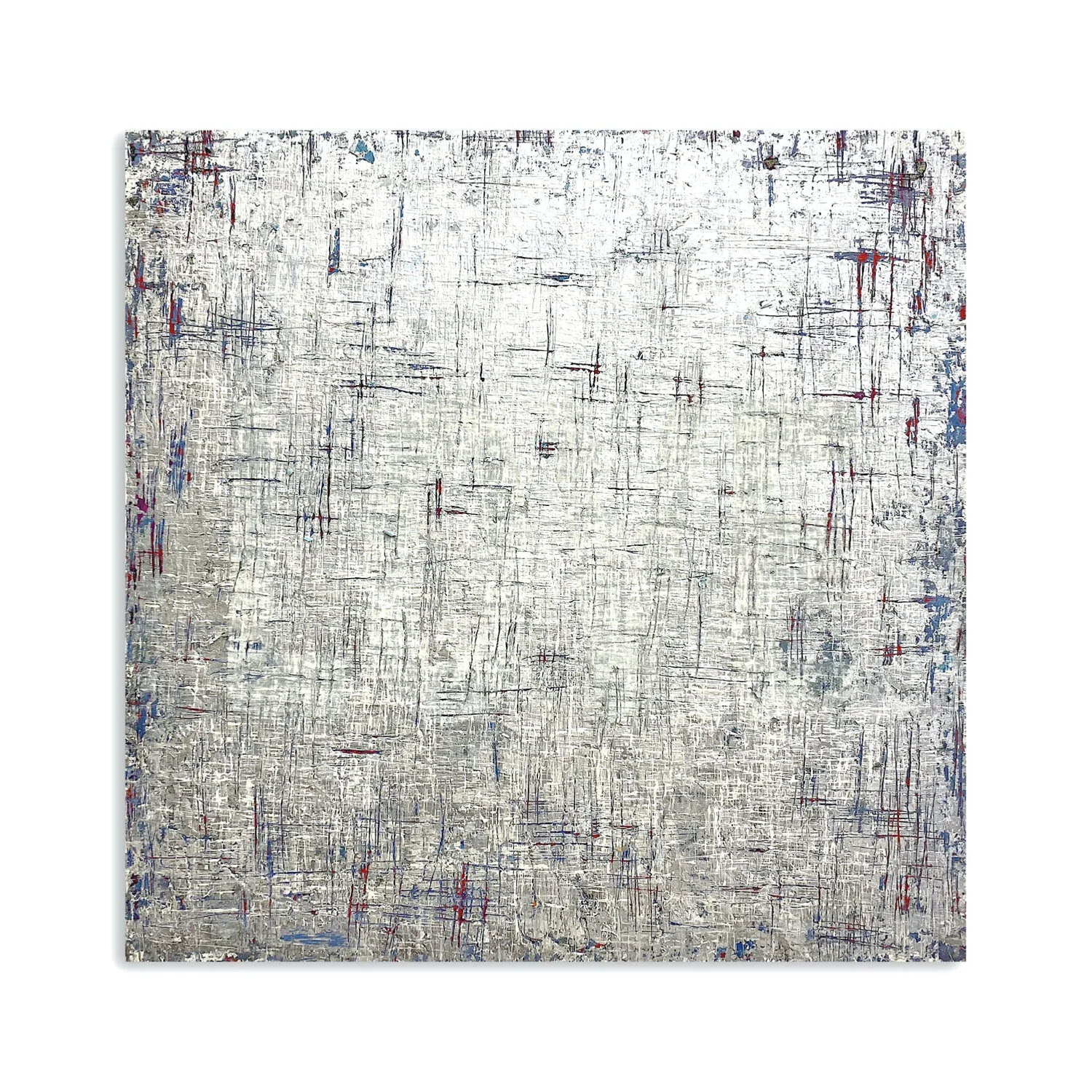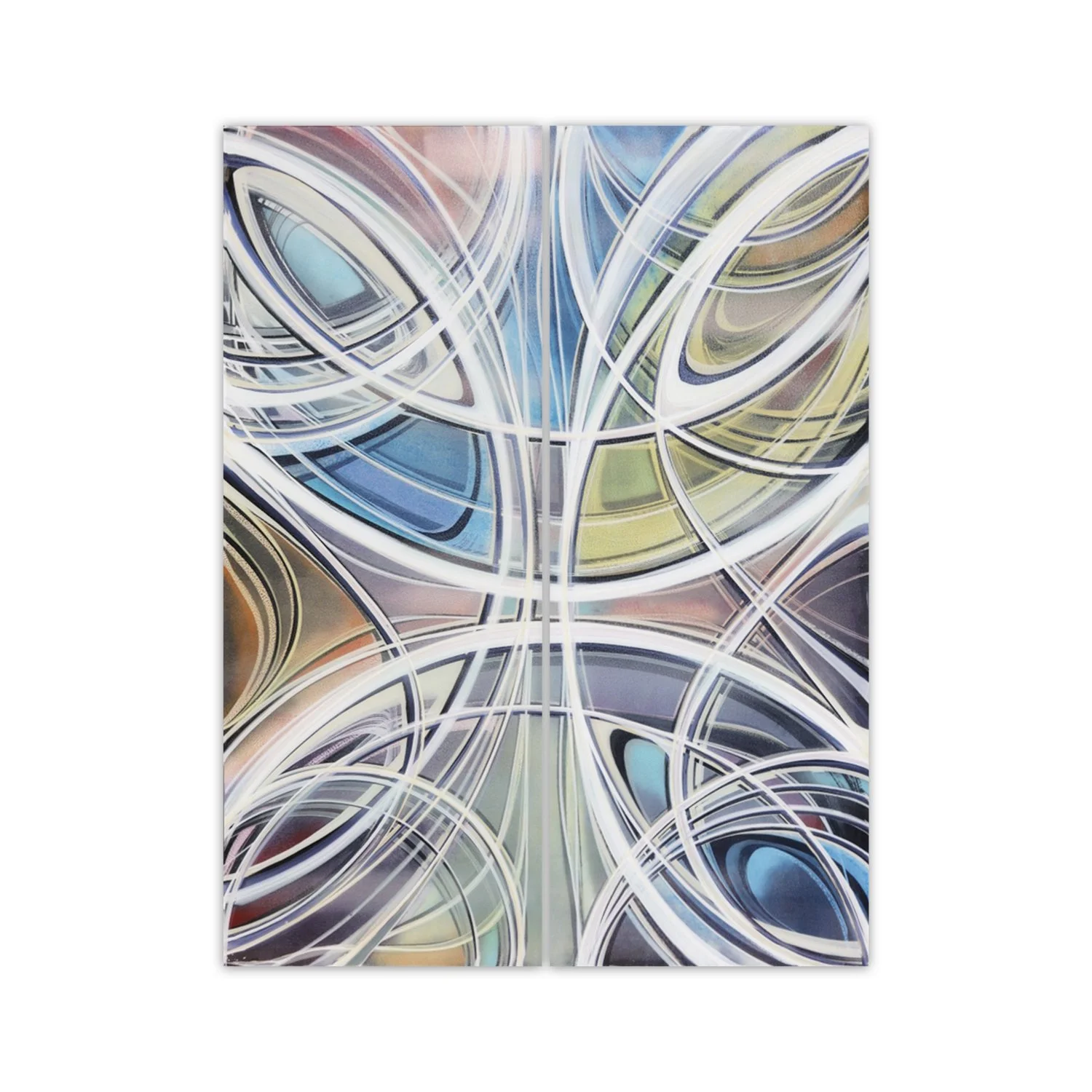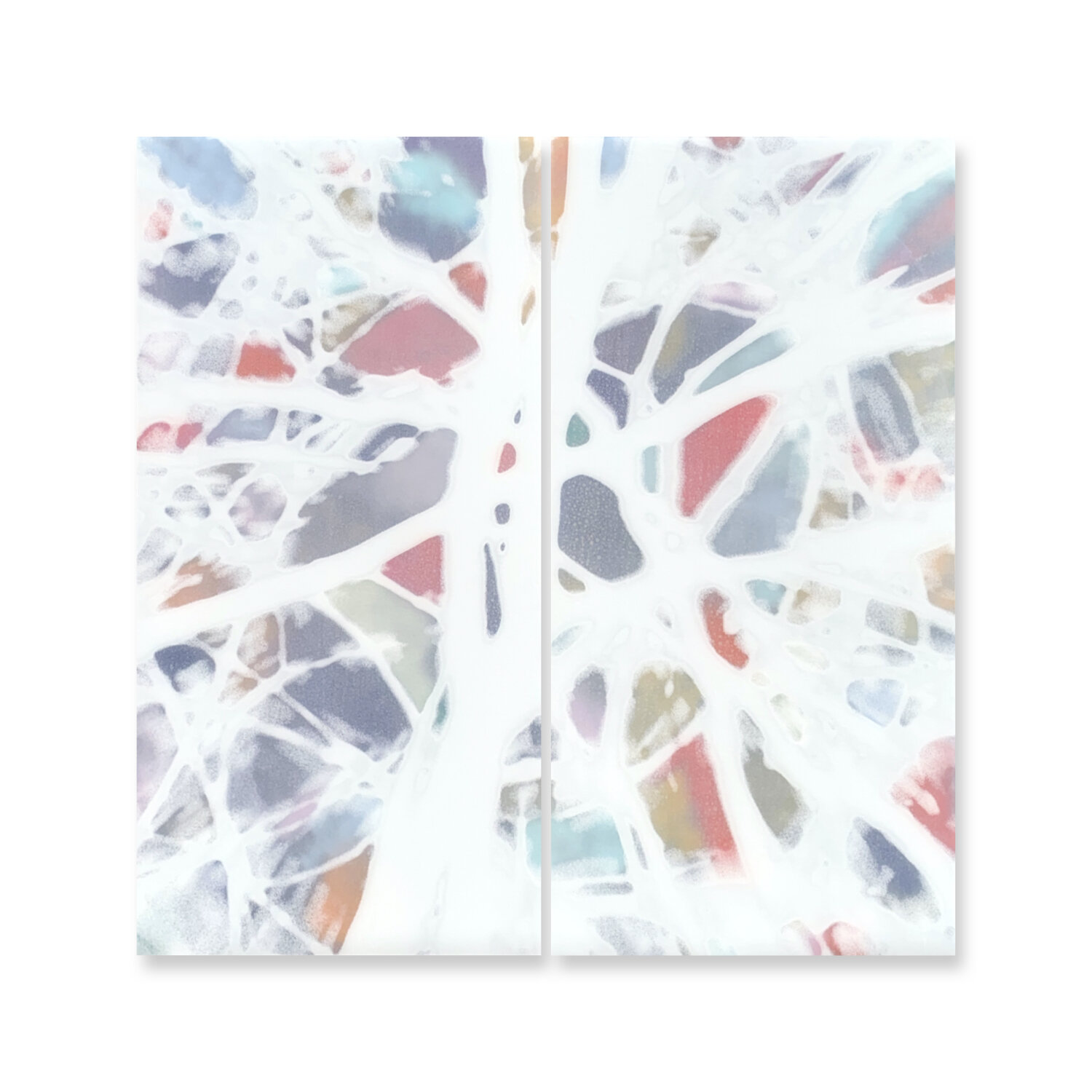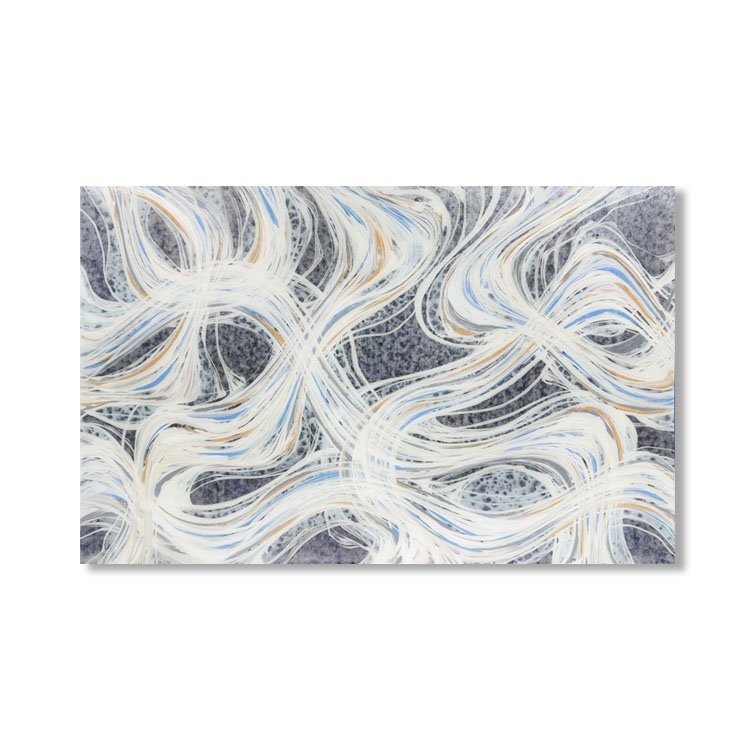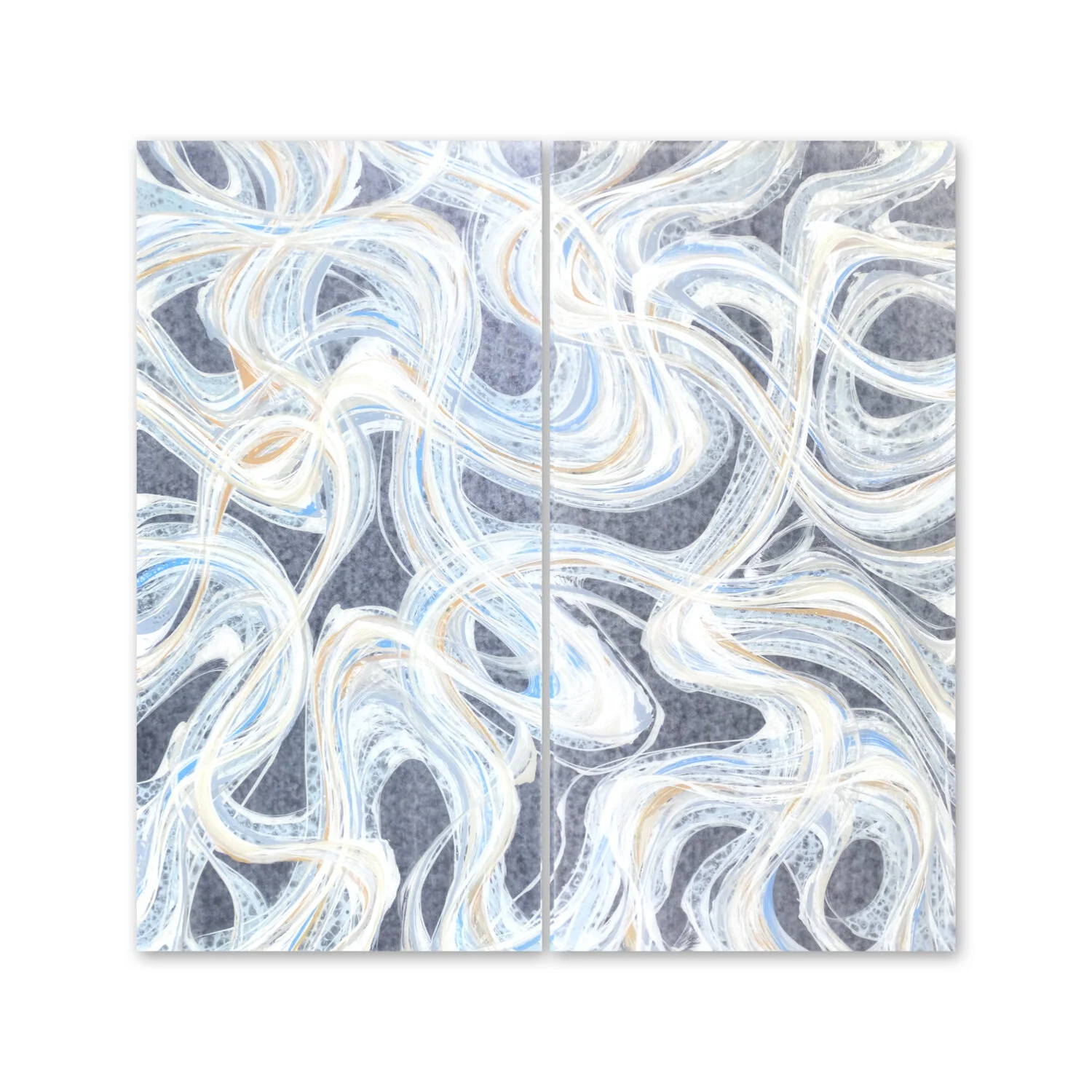THE ABSTRACT SUBLIME
Dallas Gallery | Spring 2022 Grand Exhibition
Three Solo Shows featuring MARTIN + BLOCH | COLLAZO | HERRINGTON and a Large Group Show featuring GALLERY ARTISTS
The eminent art historian Robert Rosenblum caused a stir in the art world when he coined the term The Abstract Sublime in reference to modern American painting in an article published in ARTnews in 1961.
In his writings, Rosenblum tackled the tradition of The Sublime, looking at art that instills feelings of awe in viewers, overwhelming the senses. In the mid-eighteenth century, British philosopher Edmund Burke defined Sublime Art as art that refers to a greatness beyond all possibility of calculation, measurement, or imitation. He defined The Sublime as an artistic effect productive of the strongest emotion the mind is capable of feeling. More than 200 years after its definition, the concept of The Sublime stands out as one of great modern relevance: it is a Romantic idea bound up in the search and the exaltation of new frontiers, a driving force behind the world of contemporary art.
In his 1948 essay "The Sublime is Now," American Artist Barnett Newman wrote, "We are reasserting man's natural desire for the exalted."
The artists featured in the Grand Spring Exhibition at Christopher Martin Gallery in Dallas — Martin, Bloch, The Collazo Collection, Herrington, and their accompanying artists in the group show — illustrate the link between abstraction of thoughts and feelings and their interconnection through history and time. The set of exhibitions curated by Antonio Cortez, takes its name from the 1961 controversial review and confirms that Rosenblum’s theories are still in vigor.
These contemporary artists reveal clear associations between Abstract Contemporary Art and the Romantic movements that embraced individuality and subjectivity to counteract the excessive insistence on logical thought.
INTERCONNECTION
The Collazo Collection Induces the Feeling of Astonishment
In 1790, Immanuel Kant said: "The Sublime is to be found in a formless object, so far as in it, boundlessness is represented." This boundlessness can be seen in the works of husband and wife Gabriel and Angela Collazo, presenting themselves as The Collazo Collection. The abstract mixed media works in their solo exhibition, Interconnection, illustrate a breathtaking confrontation with a boundlessness in which we experience an equally powerful totality, a perfect embodiment of the Romantic Sublime.
"The passion caused by the great and sublime in nature . . . is Astonishment; and astonishment is that state of the soul, in which all its motions are suspended." — Edmund Burke .
Astonishment is experienced when entering the room where the works from Interconnection are exhibited. When looking at the painting What Lies Beneath Us III, the artists make us as the lone spectator standing silently and contemplative before a transcendental atmospheric landscape. As Rosenblum once said of the works of Rothko,
"These infinite, glowing voids carry us beyond reason to The Sublime; we can only submit to them in the act of faith and let ourselves be absorbed into their radiant depths." — Robert Rosenblum
The Sublime experience in the abstractions by The Collazo Collection triggers self-examination that was crucial to Romanticism and a consequence of experiencing The Sublime.
THE COLLAZO COLLECTION MIXED MEDIA WORKS
PANTHERA
Christopher Martin and Paul Bloch Elicit the Feeling of Marvel
In his essay, Rosenblum writes, "If The Sublime can be attained by saturating such limitless expanses with a luminous, hushed stillness, it can also be reached inversely by filling this void with a teeming, unleashed power." One can experience the unleashed power that Abstraction can embody in the recent paintings by Christopher Martin in his solo show Panthera.
“The abstractionists felt a beautiful thing in perceiving how the medium can, of its own accord, carry on into the unknown.” — Mark Rothko
And so does Martin, with his large-scale works, in his paintings, the strokes dance with sensuality, interconnecting and weaving with one another both in symmetry and asymmetry. The brush strokes seem to be powered by invisible primordial forces like the wind, or ocean currents. It is not surprising that Martin himself coined the term Organic Expressionism to refer to his painting style. In Martin's words, "My works challenge me on many levels. I seek a balance between organic formation and a painterly construct. To find a natural sense of existence is my intention. Void of overt narrative or implied suggestions, I want the atmosphere around my work to vibrate with energy and balance." In his works, interlacing forms recreate in the metaphorical language of Abstraction.
“The impulses depicted in The Abstract Sublime suddenly seem to correspond with a Romantic tradition of the irrational and the awesome and with a Romantic vocabulary of boundless energies and limitless spaces.” — Robert Rosenblum
Panthera is presented along with the fluid abstract sculptures of Paul Bloch. Carved in pristine Carrara Marble, Bloch's sculptures display mellifluous musical compositions in Marble.
"The balance and tension between negative and positive space and the infinite with the finite were — and still are — my sculptural concerns.” — Paul Bloch
Stone is an essential material for Bloch. As a man and artist, his goal is to transform that substance into beauty and give something back to the cosmos. Bloch's pursuit and aesthetics link Abstraction and The Sublime, as put forward by Rosenblum.
CHRISTOPHER MARTIN PAINTINGS
THE FOUR SEASONS
Melissa Herrington Invites Feelings of Change and Transformation
As we can see through its various definitions and interpretations, at its base, The Sublime is a feeling rooted in humans' relationships to the world, to nature, and what lies beyond that help us to formulate an understanding of ourselves. Melissa Herrington's latest series of paintings, The Four Seasons, relates to a longstanding artistic and literary tradition of works about the four seasons. Four 76 x 76 inch mixed media paintings, Spring, Summer, Fall, and Winter, may be read as a poignant allegory about change and transformation. In Herrington's canvases, figures and symbols connect each season with one of the four elements: Spring with air, Summer with fire, Autumn with earth, and Winter with water. Each work functions as both an individual entity and part of a more significant theme of the artist's practice.
“The most extravagant of nature’s phenomena are sought out as metaphors for this experience of cosmic energy” — Robert Rosenblum
German philosopher Immanuel Kant proposed two types of sublimity: the mathematical and the dynamical. In the Dynamical Sublime the irresistibility of nature's power certainly makes us recognize our physical powerlessness while revealing a capacity for judging ourselves as independent of nature and superior to it. This framework allows us to connect with Herrington’s paintings from a vantage point.
"Elements of dark and light appear enveloping the outline of the female form, in the process of discovery where negative and positive space become complex." — Melissa Herrington
She sees this lone figure as having unimagined potential, almost as if she is between what is "no longer" and "not yet." Just as Kant suggested, this paradigm change allows us to overcome the forces of nature while connecting with untamed inner potential.
MELISSA HERRINGTON MIXED MEDIA WORKS
GROUP SHOW GALLERY ARTISTS
The source of genius is imagination alone, the refinement of the senses that sees what others do not see, or sees it differently. — Eugene Delacroix
In his essay, Rosenblum concludes that much has been written about how the first four masters of the Abstract Sublime have rejected the Cubist tradition and replaced it with a new kind of space created by flattened, spreading expanses of light, color, and plane. Yet this denial seems to correspond with a Romantic tradition of the irrational and the awesome and with a Romantic vocabulary of boundless energies and limitless spaces. Martin, Bloch, The Collazo Collection, Herrington, and the artists in the accompanying Group Show illustrate how the line from the Romantic Sublime to the Abstract Sublime is broken and devious, for its tradition is more one of erratic, private feeling than submission to objective disciplines.











